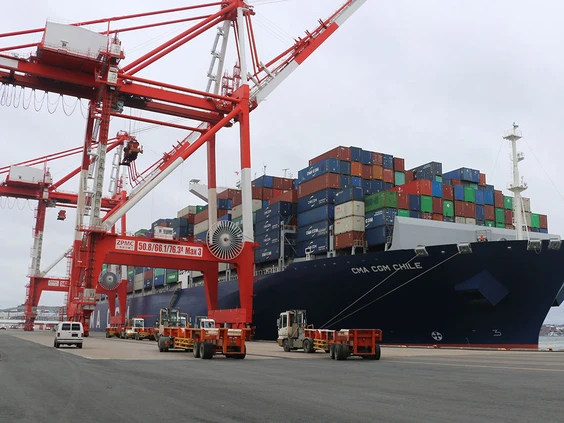Chinese-manufactured cargo cranes, flagged as a security risk by a U.S. congressional investigation, are extensively utilized across Canada’s ports. The probe uncovered cellular modems on these cranes, raising suspicions regarding their intended use and prompting scrutiny from U.S. authorities.
Manufactured by Shanghai Zhenhua Heavy Industries Co. Ltd. (ZPMC), these cranes are produced near a shipyard linked to the Chinese Communist Party’s Navy, raising fears of potential tampering or espionage. Despite these concerns, the Canadian government has yet to address the issue publicly, while port authorities continue to invest in ZPMC technology.
While ZPMC dominates the port crane market, terminal operators maintain autonomy in equipment decisions. However, concerns linger regarding the cranes’ connectivity and potential vulnerabilities to cyber threats.
David Skillicorn, a computing professor, warns of the risks associated with Chinese technology, citing the potential for data collection and disruption. Despite these risks, the allure of cost-effective Chinese technology persists, underscoring the ongoing dilemma between security and affordability.
Canada’s response to Chinese technological threats includes bans on certain equipment, but concerns persist amid escalating tensions between China and the U.S. Despite Canada’s lesser significance in China’s trade relations compared to the U.S., vigilance against potential security breaches remains paramount.
As the global landscape of technological espionage evolves, Canada grapples with the complex interplay of economic interests and national security concerns in its relationship with China.






